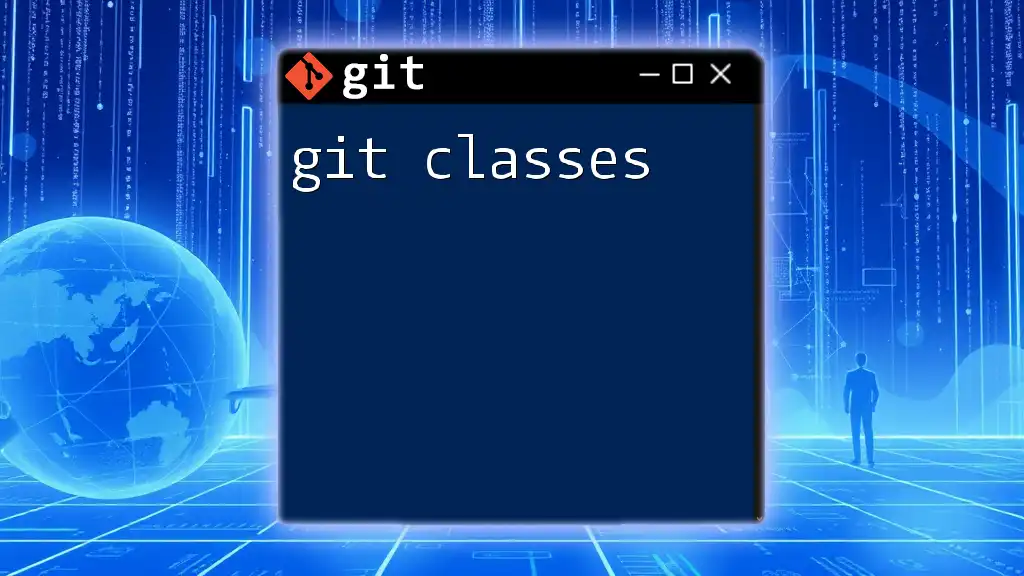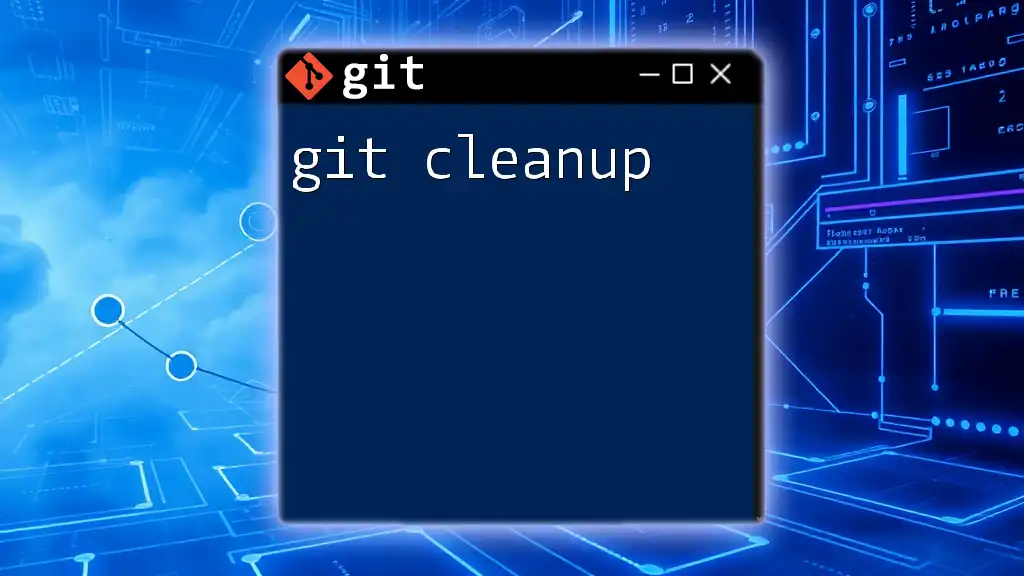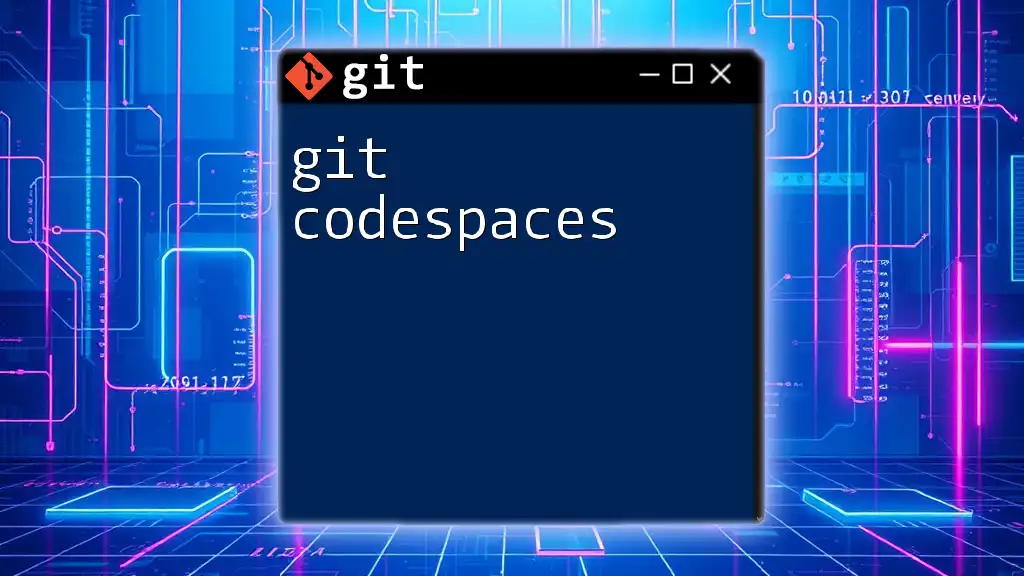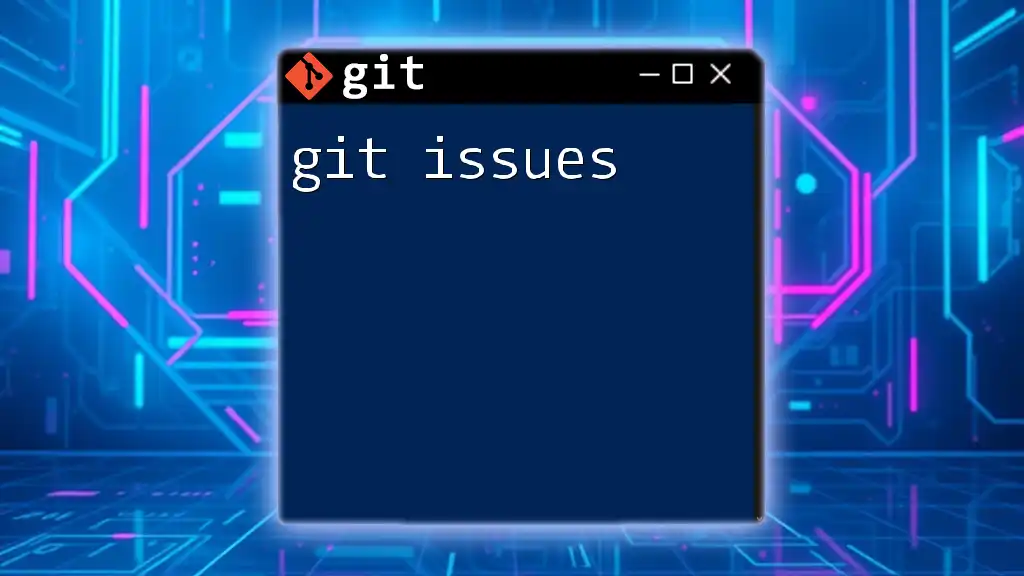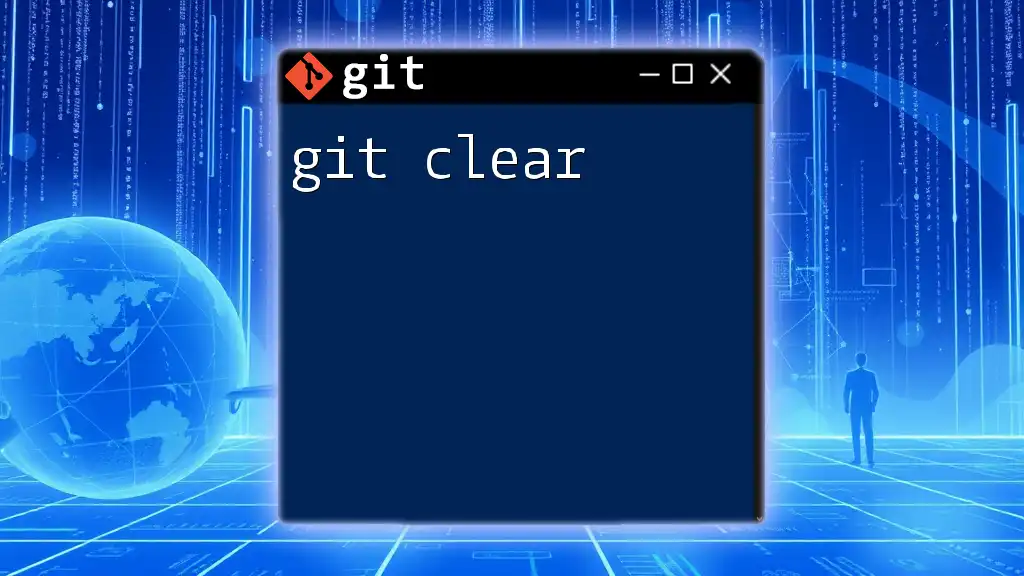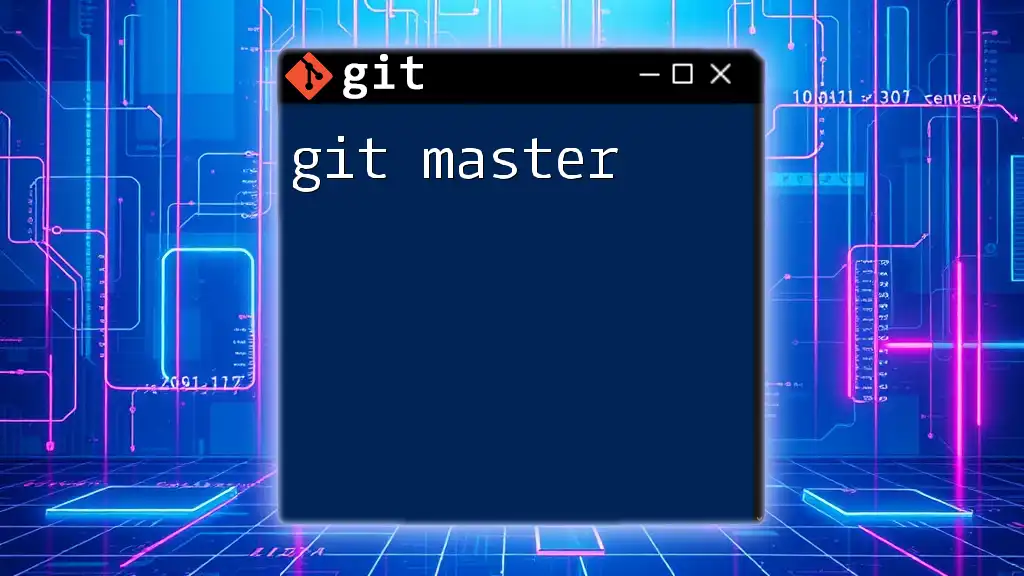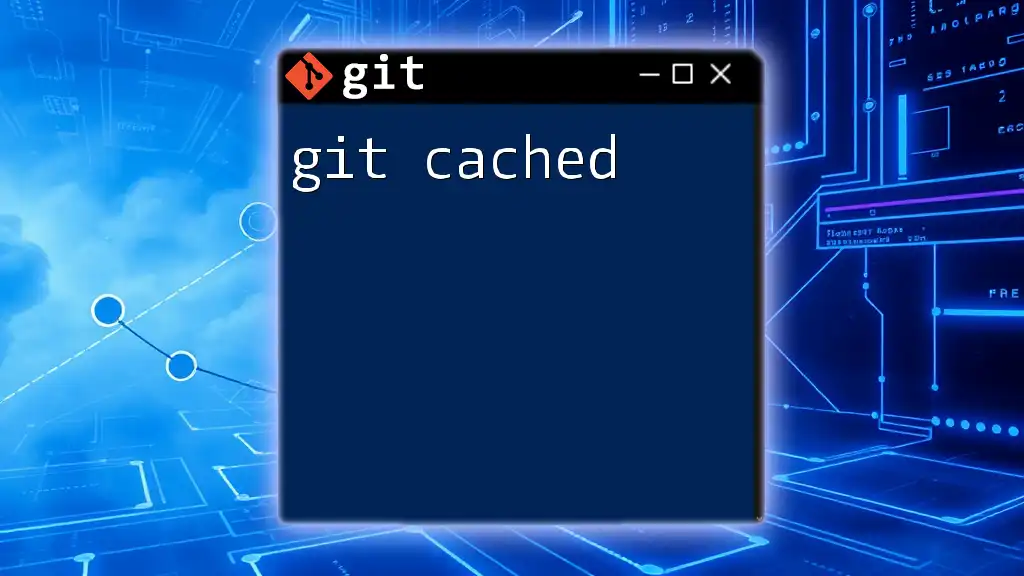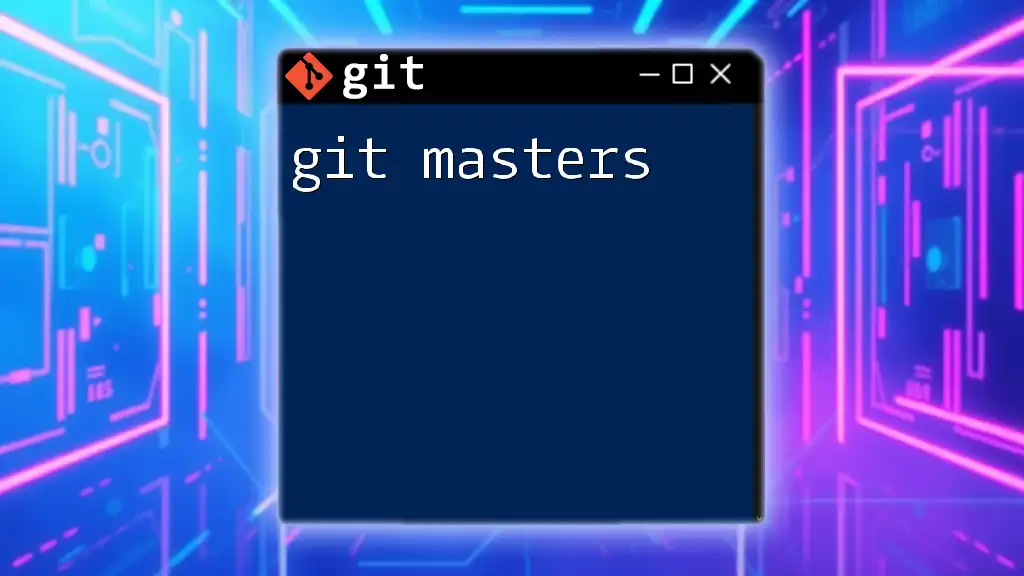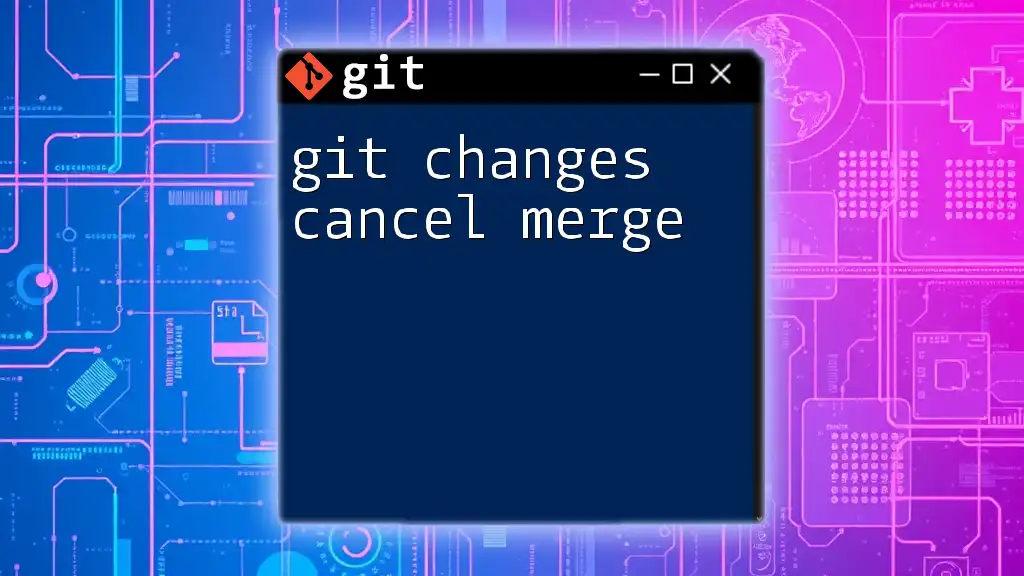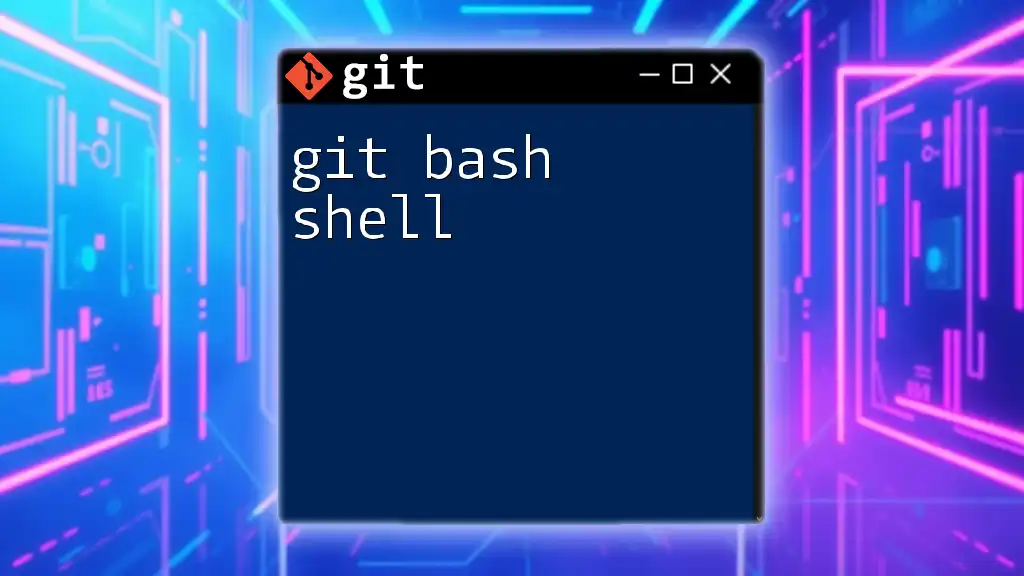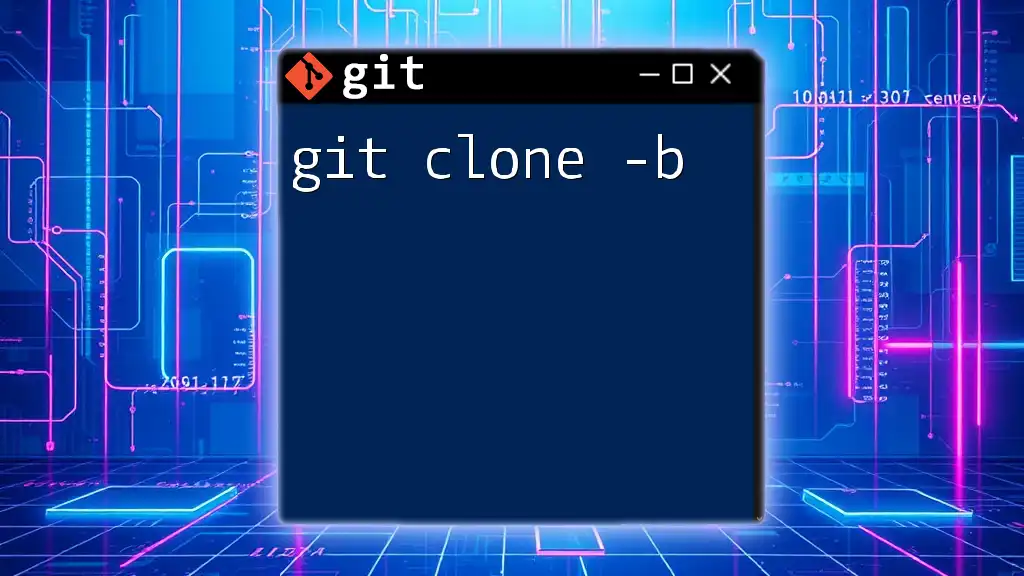Git classes provide hands-on training to help individuals master essential Git commands efficiently and effectively, enabling them to manage version control with ease.
Here's a code snippet to get you started with Git:
# Initialize a new Git repository
git init
# Add a file to the staging area
git add <filename>
# Commit changes with a message
git commit -m "Your commit message here"
# Check the status of your repository
git status
What is Git?
Git is a powerful version control system that allows developers to track changes in their code over time, collaborate with others, and manage projects effectively. In today's software development landscape, being skilled in Git is essential for almost every programmer. Learning Git will not only increase your productivity but also enhance your ability to work within teams and contribute to projects on platforms like GitHub and GitLab.
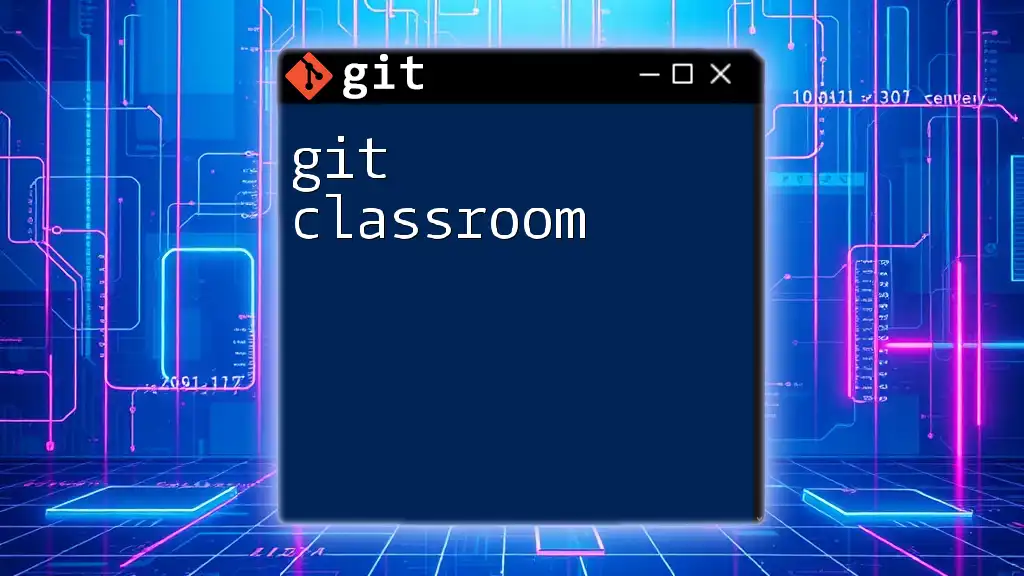
Why Take a Git Class?
Taking a formal Git class provides numerous advantages compared to self-learning. First, it allows you to save time by gaining insights from experienced instructors who can clarify complex concepts. Second, structured classes often include hands-on sessions, enabling you to practice commands in a supportive environment. Lastly, you gain a comprehensive understanding of best practices and workflows, making you well-prepared for real-world applications.
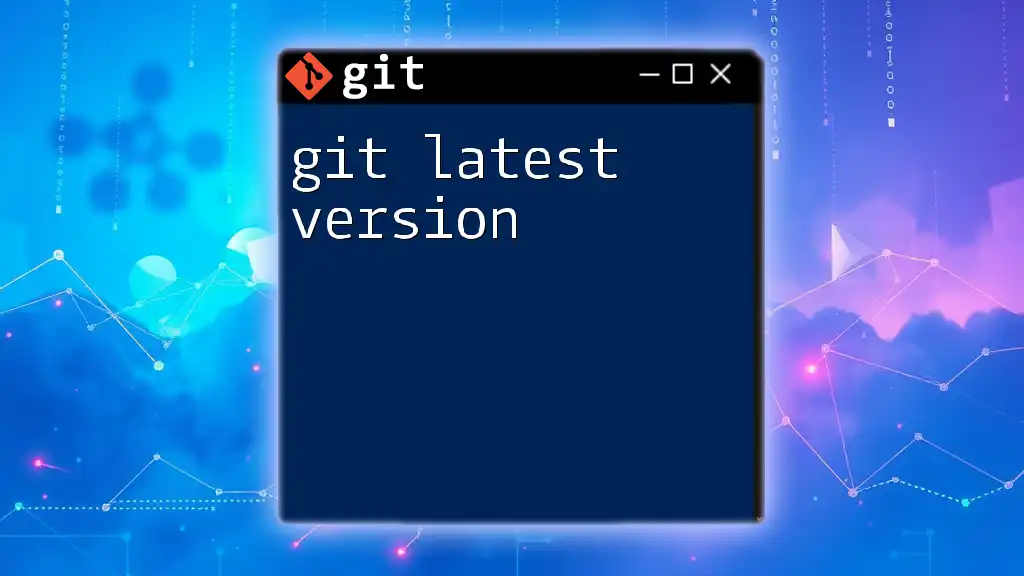
What You Will Learn in Git Classes
A typical Git class covers fundamental concepts essential for using Git effectively:
- Repositories: Understanding how to create and manage repositories.
- Commits: Learning how to save snapshots of your project.
- Branching: Grasping the importance of branching for feature development.
- Merging: Navigating how to combine branches and resolve conflicts.
Students can expect an overview of Git workflows, which may vary from basic to advanced styles, preparing learners for different project scenarios.
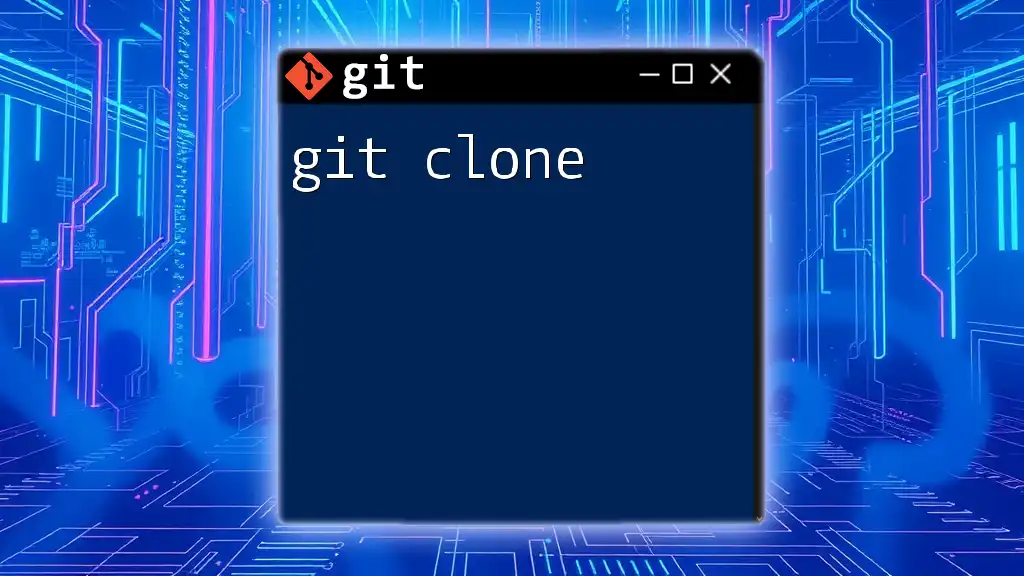
Setting Up Your Git Environment
Before you dive into using Git, it's crucial to set up your environment properly. This includes installing Git on your local machine, which varies slightly across platforms. For instance:
- On Windows, you can download Git from [git-scm.com](https://git-scm.com/) and follow the installer instructions.
- For macOS, you can use Homebrew:
brew install git - On Linux, installation can be executed via the package manager:
sudo apt-get install git # Debian/Ubuntu
Once Git is installed, configure your profile to ensure your commits are attributed correctly:
git config --global user.name "Your Name"
git config --global user.email "you@example.com"
This setup process lays the groundwork for productive Git usage.
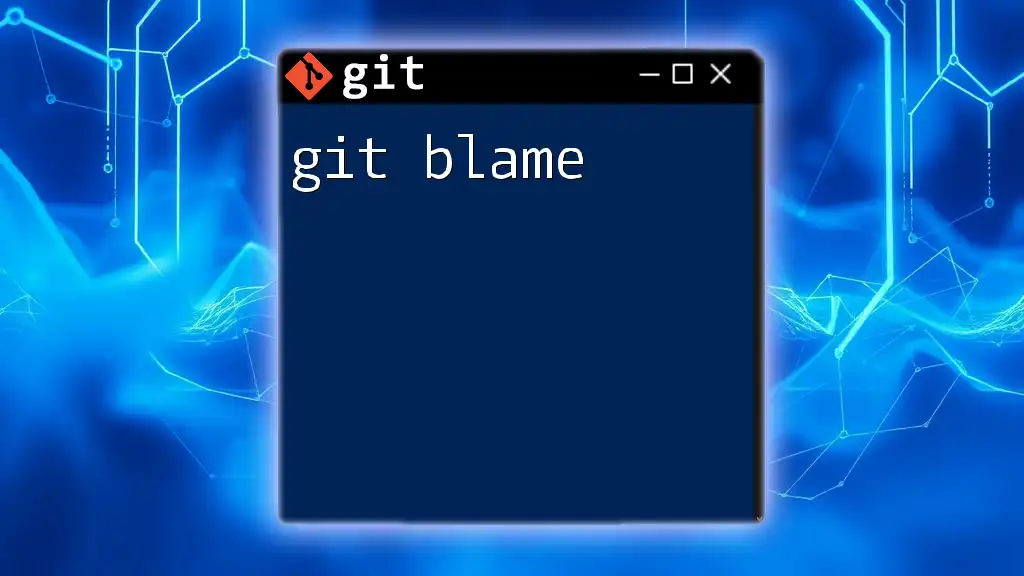
Types of Git Classes Available
In-Person vs Online Classes
When considering Git classes, learners will find options presented in both in-person and online formats.
- In-Person Classes: These can offer immediate feedback and a collaborative learning environment. They are ideal for those who prefer hands-on guidance.
- Online Classes: With flexible schedules and the ability to learn at your pace, online classes cater to diverse learning preferences and geographical barriers.
Beginner Classes
Beginner Git classes typically introduce essential commands and concepts:
- Teaching how to clone repositories.
- Understanding the commit process and how to use push and pull.
- Basic branching and merging techniques.
An example lesson might look like this:
- Lesson 1: Cloning a Repository
- Lesson 2: Making Your First Commit
- Lesson 3: Basic Branching Strategies
Intermediate and Advanced Classes
These classes build on the foundational knowledge from beginner sessions, diving deeper into advanced topics such as:
- Branching Strategies: Learning various branching techniques like Feature Branch and Git Flow.
- Rebasing: Understanding how to maintain a clean project history.
- Resolving Conflicts: Practical exercises on merging conflicts and maintaining code integrity.
Students will also engage with case studies or group projects that simulate real-world challenges.
Specialized Classes
Some Git classes focus on niche areas such as:
- Git for Collaborative Projects: Understanding collaboration tools, code reviews, and pull requests.
- Git for DevOps and CI/CD Pipelines: Integrating Git with tools like Jenkins for automated deployment.
Through these specialized classes, learners will gain tailored skills relevant to their specific needs in the workplace.
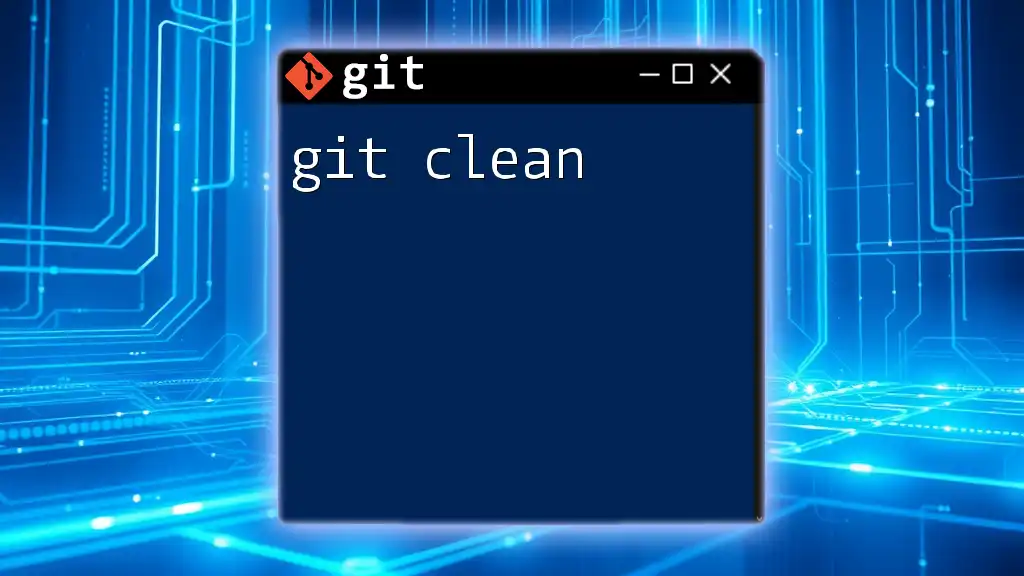
What to Expect from a Git Class
Course Duration and Structure
Most Git classes offer structured courses that run for a predetermined length, usually from a few days to several weeks. Understanding the course layout is essential—typically, classes will intersperse theory with practical exercises, striking a balance necessary for effective learning.
Learning Resources Provided
Participants can generally expect valuable resources that reinforce their learning:
-
Tutorials and Cheat Sheets: Quick references for commands and workflows will be provided, like this concise Git cheat sheet:
git init # Initialize a new repository git status # Check the status of your repository git add <file> # Stage changes in the specified file git commit -m "Commit message" # Commit changes -
Video Content: Many classes include recorded sessions, enabling learners to revisit complex topics at their own pace.
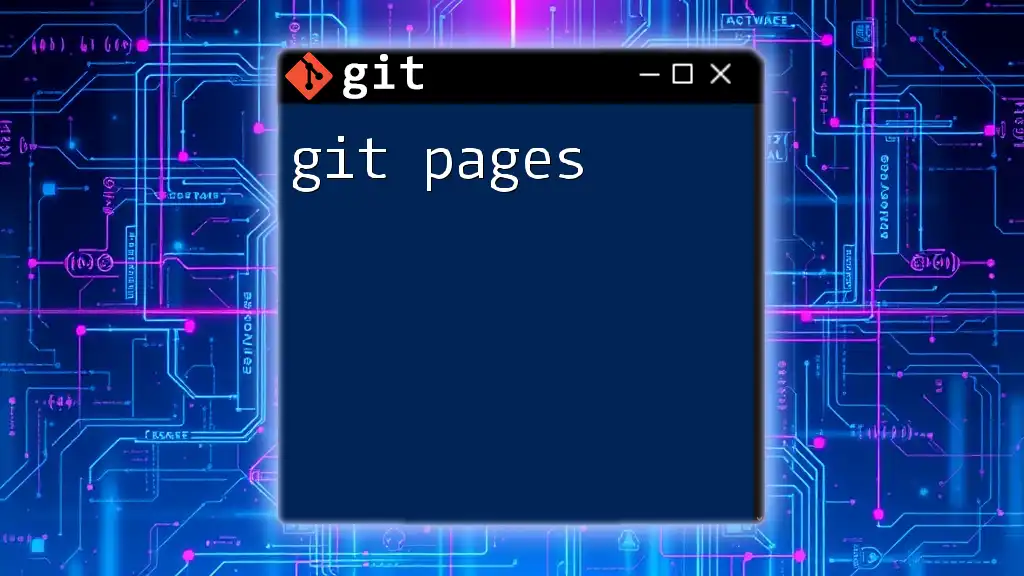
Choosing the Right Git Class for You
Assessing Your Skill Level
Before enrolling, assess your current Git knowledge. Identify whether you require a beginner, intermediate, or advanced course. A self-evaluation can help you ensure you enroll in a class that meets your learning needs effectively.
Researching Course Options
Once you know your skill level, start researching available Git class options. Look for reputable instructors or organizations through:
- Online platforms.
- Local community colleges.
- Reviews and testimonials from previous students.
You may use targeted keywords for your search, such as “best Git class in [your city]” to find suitable offerings.
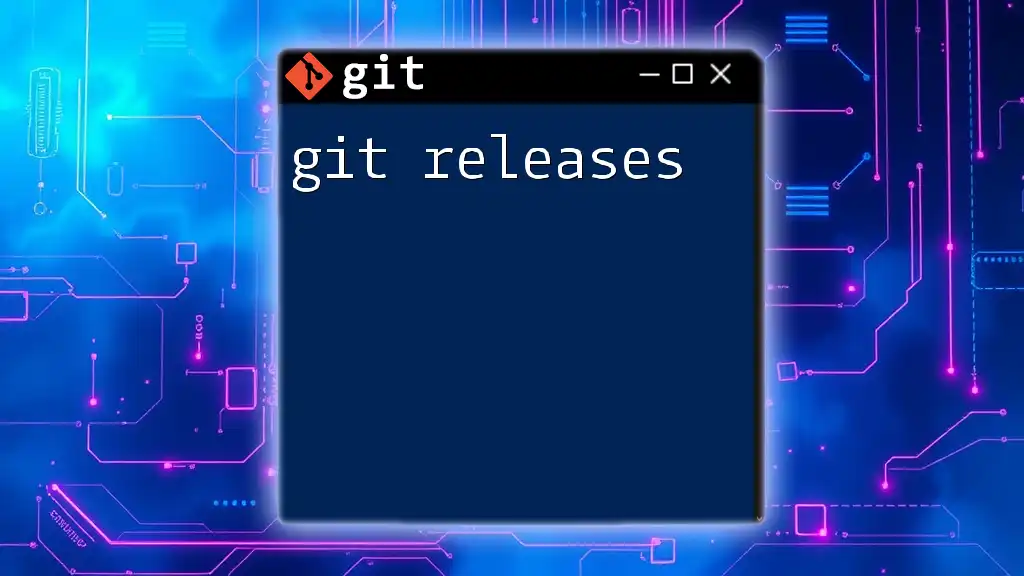
Real-life Applications of Git
Using Git in Professional Settings
By taking Git classes, you gain necessary skills to work on real-world projects. Git is widely accepted in the software development industry, and proficiency in using it is often a requirement for job applicants. Developers use Git for versioning their projects, managing workflows, and collaborating seamlessly with their teams.
Git in Open Source Contributions
Many organizations encourage open-source contributions, which often utilize Git. Classes prepare you for these contributions by teaching how to navigate public repositories and collaborate with diverse teams. Engaging in open source projects not only hones your Git skills but also enriches your programming portfolio.
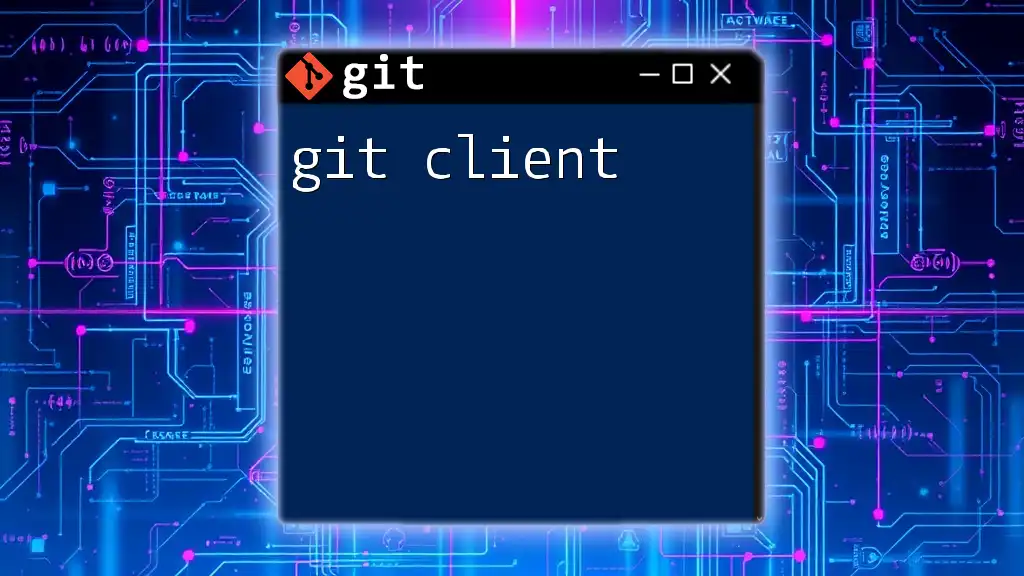
The Value of Learning Git
In conclusion, taking Git classes equips you with essential tools to succeed in modern software development roles. Whether you're just starting your journey or looking to refine your skills, a structured Git class can provide the knowledge and confidence you need to tackle real-world challenges.
Call to Action
Explore available Git classes and consider enrolling in one to gain the critical skills that will benefit your career and enhance your collaboration capabilities in any development environment.
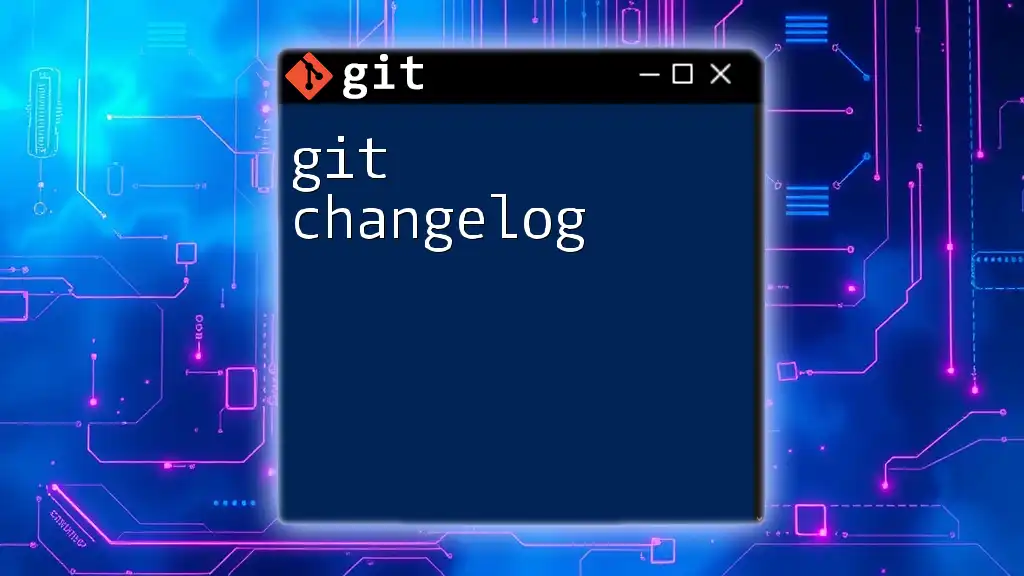
FAQs About Git Classes
What is the cost of Git classes?
Costs can vary widely depending on format, location, and course length. Prices typically range from affordable community courses to premium bootcamps.
How long do Git classes usually take?
Most classes last from a few days to several weeks, depending on the depth of content covered.
Are there any prerequisites for taking a Git class?
Generally, no formal prerequisites are required, but familiarity with basic command-line usage is beneficial.

